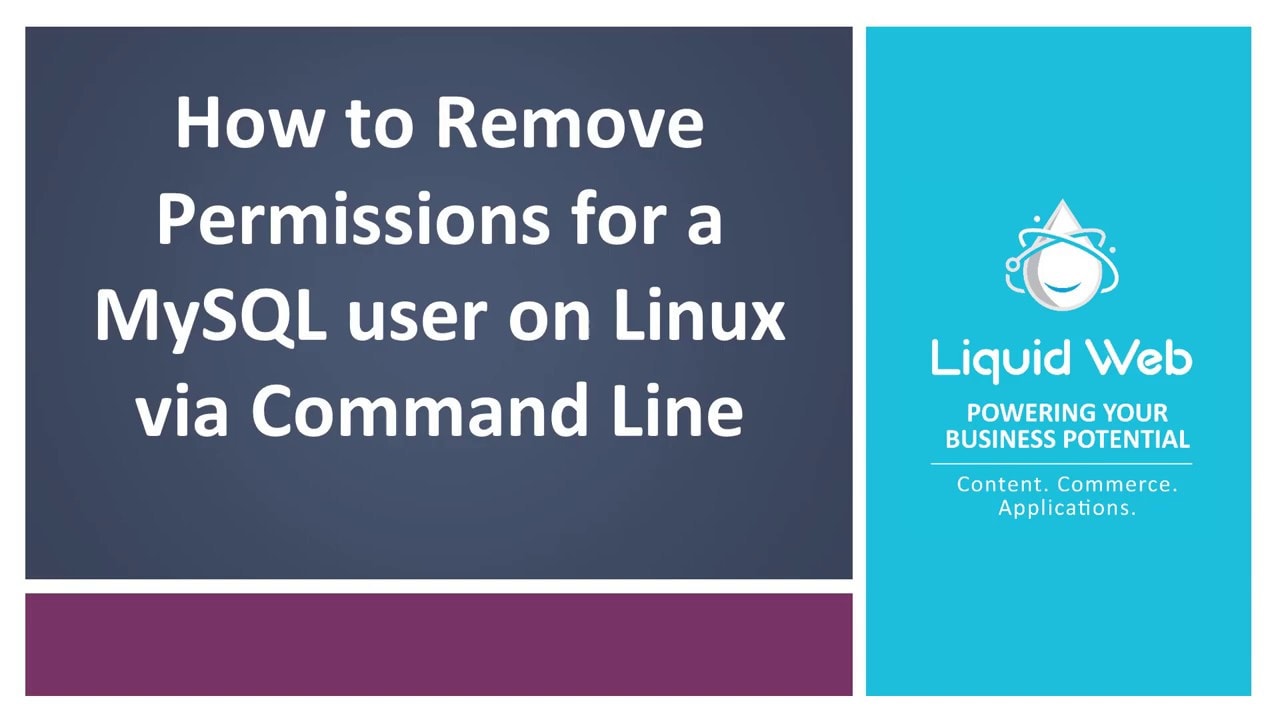Category: Series
The Series category provides accurate and in-depth information regarding a variety of topics and subjects. Because these subjects tend to be larger and take longer to read and study, we breaking the info into more manageable chunks to ensure it is easily digestible by everyone.
Using MySQL Command Line to Create a User
Previous Series:
MySQL via Command Line 101: Basic Database Interaction
How to Use Disk Quotas in Dedicated Linux Servers With cPanel
Disk space management in dedicated Linux servers with cPanel is an often underestimated necessity. This tutorial shows how to manage disk space in your cPanel dedicated server.
How to Use Disk Quotas in Dedicated Linux Servers with Plesk
Plesk is among the most popular platforms developers and website admins use to manage their server resources. Disk quotas are an essential aspect of managing resources on dedicated Linux servers. They allow admins to limit the amount of disk space each user can use, ensuring the server remains stable and secure.
Remove a MySQL User on Linux via Command Line
MySQL via Command Line 101: Basic Database Interaction
System administrators do well to further their security practices by removing users from MySQL who no longer require access. They should ensure that they get released as users change, and turnover happens. It provides security and safeguards against unlawful access to data.
Remove Permissions for a MySQL User on Linux via Command Line
MySQL via Command Line 101: Basic Database Interaction

A fundamental part of managing users in MySQL is removing permissions no longer required for a user. Administrators should ensure that terminated users or those whose roles have changed within the company have had permissions removed from their user profiles. This action secures the system against unlawful access to information.
Grant Permissions to a MySQL User on Linux via Command Line
MySQL via Command Line 101: Basic Database Interaction
After an administrator creates a MySQL user via the command line on Linux, the next step is to grant permissions to that user. The goal is to ensure that the user is able to log in and access the MySQL server to perform tasks. This article shows you how to grant permissions to a MySQL user on Linux via the command line.
MySQL Select Database on Linux Via Command Line
When working with MySQL in the command line, it is important to ensure proper selection of the database you wish to work with. Administering a server has its challenges without unnecessary errors due to an incorrect database selection. This article shows you how to select a MySQL database in Linux via the command line.
Create a MySQL Database on Linux via Command Line
While the are many ways to create databases, system administrators benefit from knowing how to create a MySQL database in Linux via the command line. Knowing more than one way to accomplish a task provides flexibility in case the usual way you perform it is not an option. Use this tutorial to create a MySQL database via the command line.
Data security is essential to developers, business owners, and system administrators. A vital element of securing data is password management. This guide will teach you how to change a MySQL password in Linux using the command line.
Our Sales and Support teams are available 24 hours by phone or e-mail to assist.

